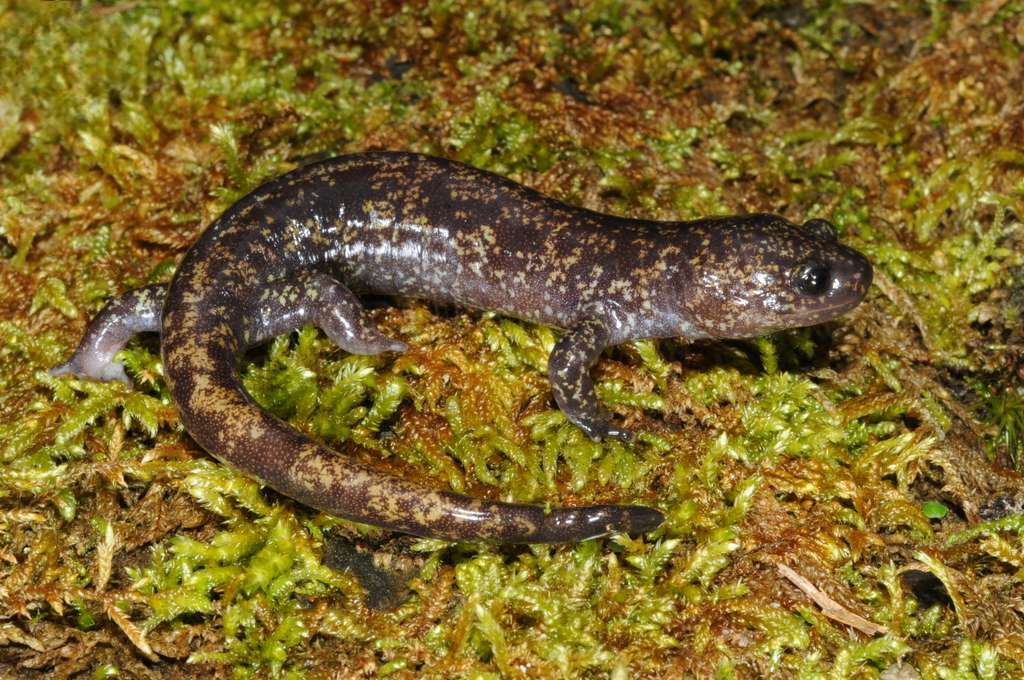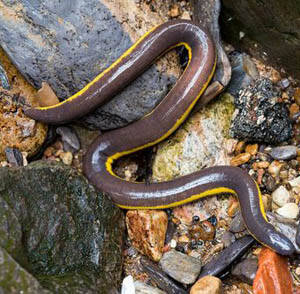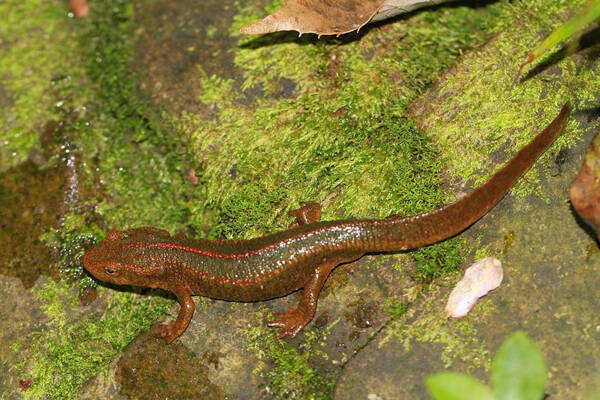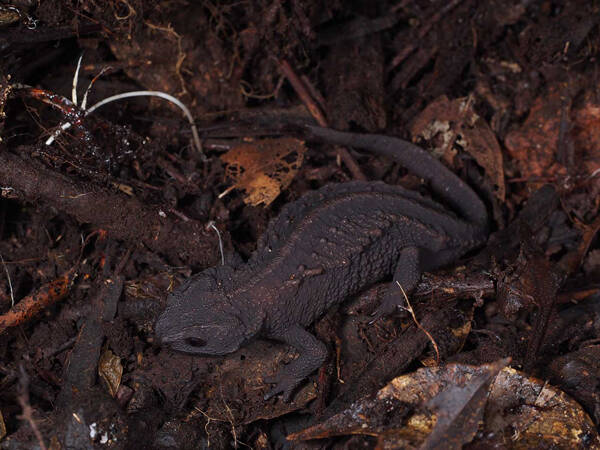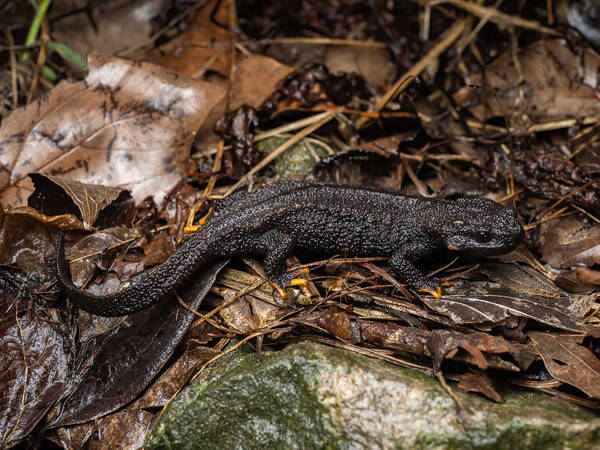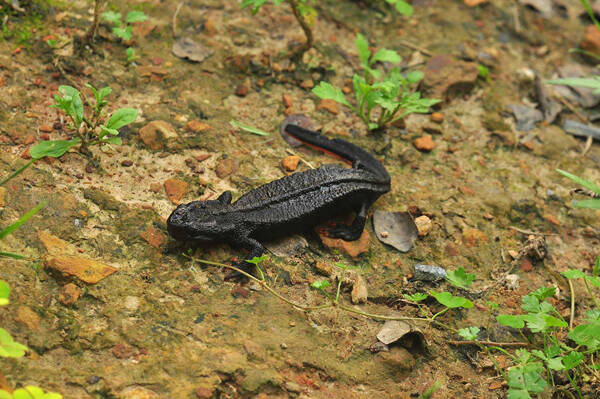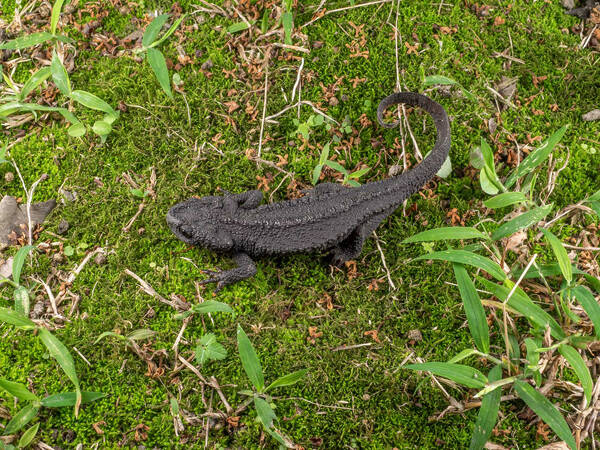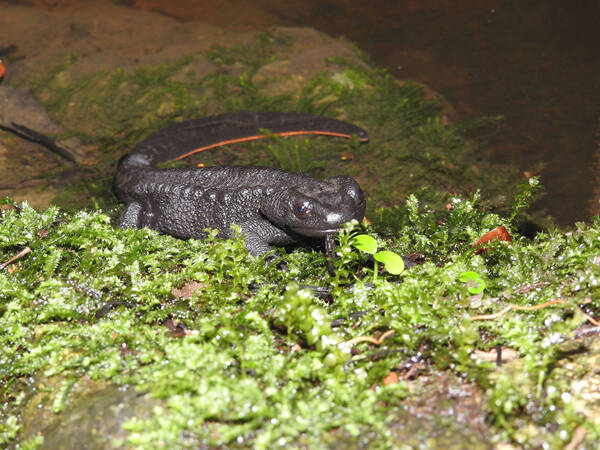Paramesotriton maolanensis
IUCN
LCBasic Information
Scientific classification
- name:Paramesotriton maolanensis
- Scientific Name:Paramesotriton maolanensis
- Outline:Urodela
- Family:Caudata Salamandridae Salamander
Vital signs
- length:177.4-207.8 mm
- Weight:
- lifetime:
Feature
The eyes are relatively degenerate, and the upper and lower eyelids are closed under natural conditions.
Distribution and Habitat
Endemic to China, distributed in Guizhou (Libo County).
Lives in densely forested areas of karst mountains at an altitude of about 817m. Adult salamanders live in deep ponds formed by groundwater all year round, foraging for aquatic insects, shrimps and other small animals.
Appearance
The skin is relatively smooth; there are no warts on the head and body, the dorsal ridge of the body is very narrow, there are no ridges composed of warts on both sides of the body, no costal grooves; no neck folds. The body and tail are brown or dark brown, with discontinuous yellow spots on the dorsal ridge; the ventral surface of the head and body is gray-brown with irregular orange-red spots; the lower edge of the tail is orange-red.
Details
This newt lives in large ponds with gentle water flow or ponds with groundwater flowing out. The vegetation around the pond is lush and the water is clear. It usually lives at the bottom of ponds and is difficult to find. It will jump out of the water when there is flooding. The lens of the eyeball has degenerated and it is a blind salamander that lives in caves.
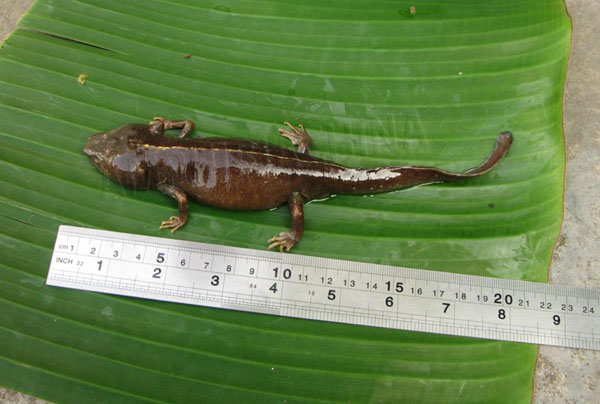
The head length is significantly longer than the head width, and the body is dark brown in life; the dorsal ridges are discontinuous yellow vertical stripes; the ventral surface of the throat and body are lighter in color than the back, and are decorated with irregular large orange-red patches and small yellow ones. Patches; palms and soles are grayish white.
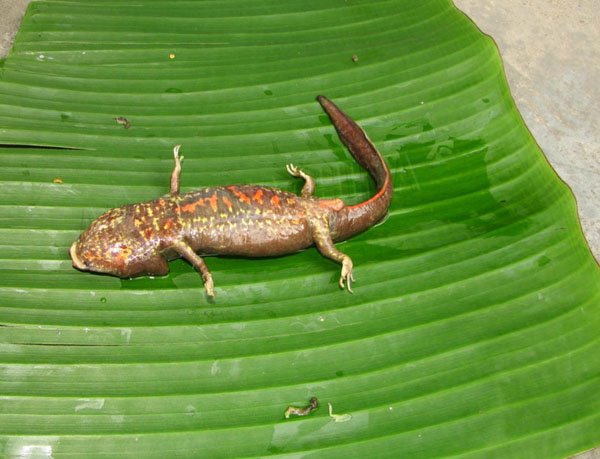
Adult newts live in deep ponds formed by groundwater all year round, foraging for aquatic insects, shrimps and other small animals. It lays eggs in streams in April, attached to the crevices of rocks, and the eggs are oval in shape. Occasionally making "wow, wow" sounds

